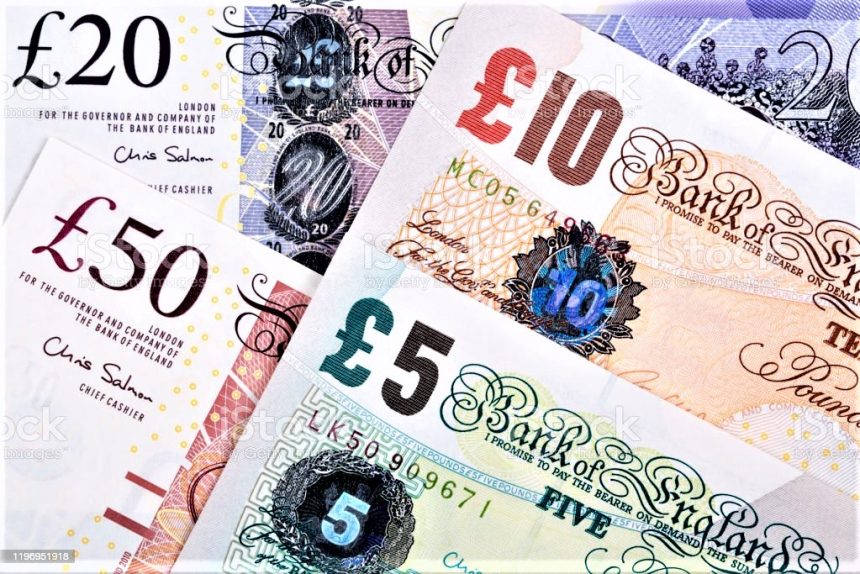Pound Sterling falls to around 1.3230 against the US Dollar, as the latter gains temporary ground.
The Pound Sterling (GBP) fell from its more-than-two-year high of 1.3266 against the US Dollar (USD) in Wednesday’s London session. The GBPUSD pair falls as the US Dollar recovers some ground. With investors looking to the United States’ (US) core Personal Consumption Expenditure Price Index (PCE) data for July. Which will be released on Friday, as the next key trigger for the pair.
The Dollar Index (DXY), which tracks the US dollar’s value against six major currencies. Sees some buying interest as value-buying kicks in after setting a new year-to-date (YTD) low of 100.50.
Despite the recent bounce, the US Dollar’s near-term outlook remains negative. As investors expect the Federal Reserve (Fed) to lower interest rates at its September meeting.
Investors will be looking for new clues on the BoE’s interest rate path when Catherine Mann speaks at 12:15 GMT.
Traders are currently debating whether the Fed will decrease interest rates significantly or very slightly.
According to the CME FedWatch tool, 30-day Federal Funds Futures price data shows. That the probability of a 50-basis-point (bps) interest rate cut in September is 34.5%, with the remainder supporting a 25-bps cut.
Economists predict annual core PCE inflation to rise to 2.7%.
As for the basic PCE Economists predict the Fed’s preferred inflation gauge to rise at a quicker rate of 2.7% year on year, up from 2.6% in June, with monthly readings increasing consistently by 0.2%. Signs of prolonged inflation would weaken market expectations for a significant Fed rate decrease. Although further declines in price pressures would enhance them.
Daily Market movers: Pound Sterling will be guided by BoE Mann’s speech.
During Wednesday’s European trading hours, the Pound Sterling performed middling against its key counterparts. The British pound is expected to trade largely sideways as investors seek new clues about the Bank of England’s (BoE) interest policy outlook.
In August, the BoE dropped interest rates by 25 basis points (bps) to 5%. Marking the end of its two-and-a-half Year-long tight monetary policy stance. As officials developed confidence that price pressures would return to the bank’s target of 2% on a sustainable basis.
Market participants anticipate that the BoE’s interest rate reduction path for the remainder of this year will be slower than that of other central banks. As the United Kingdom (UK) economy appears to be holding up well, according to the August flash S&P Global/CIPS PMI and robust Q2 Gross Domestic Product (GDP).
Investors will be looking for new interest rate advice from BoE policymaker Catherine Mann.
Investors will be looking for new interest rate advice from BoE policymaker Catherine Mann. Who is set to speak at 12:15 GMT. Mann was among the policymakers who voted to keep interest rates at 5.25% during the August 1 monetary policy meeting. Investors would hunt for clues about how much The BoE will decrease interest rates this year, along with a forecast for service inflation and wage pressures.
On the political front, United Kingdom (UK) Prime Minister Keir Starmer’s comments about the financial budget outlook, which will be released in October, have also boosted the Pound Sterling’s appeal. Starmer stated that the fiscal budget is projected to be tight, and that “the budget will be short-term pain for long-term gain,” with the goal of raising the tax burden on people, particularly those with higher earnings.









